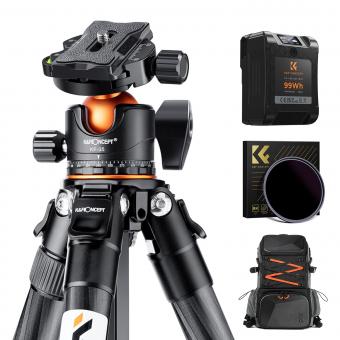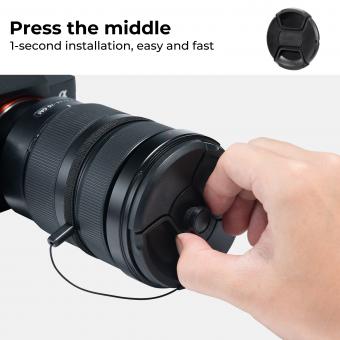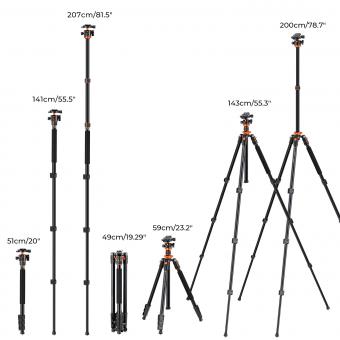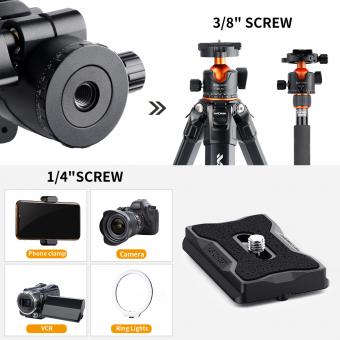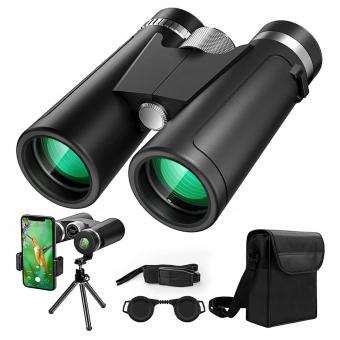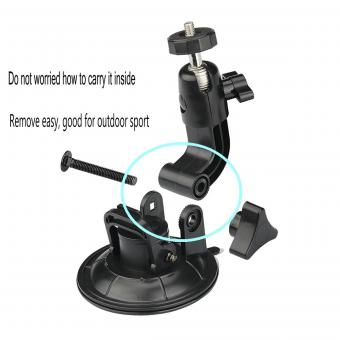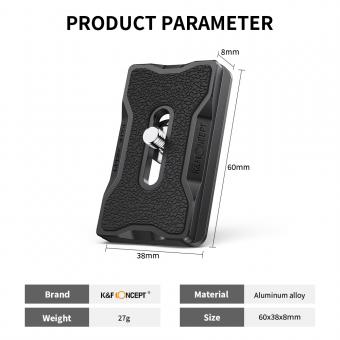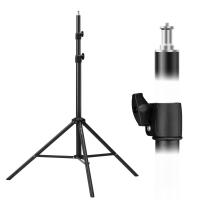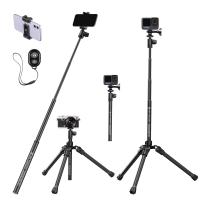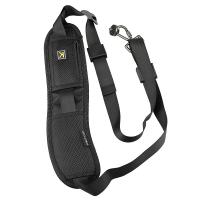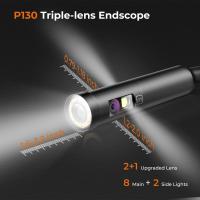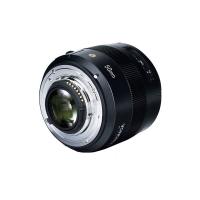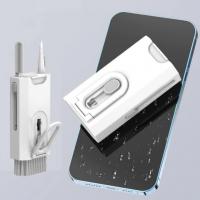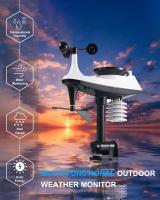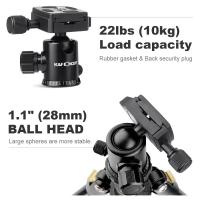How Tripod Works ?
A tripod is a three-legged stand used to support and stabilize a camera or other equipment. The legs of the tripod are adjustable, allowing the user to set the height and angle of the camera. The top of the tripod has a mounting plate that attaches to the camera, and a ball head or pan-tilt head that allows the camera to be rotated and tilted for precise positioning. The legs of the tripod are usually made of lightweight materials such as aluminum or carbon fiber, and are designed to be collapsible for easy transport and storage. The feet of the tripod are often equipped with rubber or spiked tips to provide stability on different surfaces. When using a tripod, it is important to ensure that the legs are fully extended and locked in place, and that the camera is securely attached to the mounting plate. This will help to prevent camera shake and ensure sharp, clear images.
1、 Mechanics of a tripod
How tripod works:
A tripod is a three-legged stand used to support a camera or other equipment. The mechanics of a tripod are relatively simple. The three legs are connected to a central hub, which is attached to a mounting plate. The mounting plate is where the camera or other equipment is attached.
The legs of a tripod are adjustable, allowing the user to set the height and angle of the camera. The legs are typically made of lightweight materials such as aluminum or carbon fiber, which makes them easy to carry and transport.
The stability of a tripod comes from the fact that it has three legs. This means that it can support a heavy load without tipping over. The weight of the camera is distributed evenly across the three legs, which helps to prevent any wobbling or shaking.
The latest point of view on the mechanics of a tripod is that it is an essential tool for photographers and videographers. A tripod allows for steady shots, which is especially important when shooting in low light or with a long exposure. It also allows for precise framing and composition, which can make a big difference in the final image or video.
In conclusion, the mechanics of a tripod are relatively simple, but the benefits it provides are significant. A tripod is an essential tool for any photographer or videographer who wants to capture high-quality images and videos.
2、 Types of tripod heads
How tripod works:
A tripod is a three-legged stand used to support a camera or other equipment. The legs of the tripod are adjustable, allowing the user to set the height and angle of the camera. The head of the tripod is also adjustable, allowing the user to pan and tilt the camera to get the desired shot.
The legs of the tripod are usually made of lightweight materials such as aluminum or carbon fiber, making them easy to carry and transport. The legs are also designed to be stable, with rubber feet that grip the ground and prevent the tripod from slipping.
The head of the tripod is where the camera is attached. There are several types of tripod heads, including ball heads, pan-tilt heads, and gimbal heads. Each type of head has its own advantages and disadvantages, depending on the type of photography being done.
Types of tripod heads:
1. Ball heads: Ball heads are the most popular type of tripod head. They allow for quick and easy adjustments to the camera angle, making them ideal for landscape and portrait photography.
2. Pan-tilt heads: Pan-tilt heads are designed for video and time-lapse photography. They allow for smooth and precise movements, making them ideal for capturing moving subjects.
3. Gimbal heads: Gimbal heads are designed for wildlife and sports photography. They allow for smooth and stable movements, making them ideal for capturing fast-moving subjects.
The latest point of view on tripod heads is the emergence of hybrid heads, which combine the features of different types of heads. For example, a hybrid head may have the smooth movements of a pan-tilt head and the quick adjustments of a ball head. This allows photographers to have more versatility in their equipment and capture a wider range of shots.
3、 Materials used in tripod construction
How tripod works:
A tripod is a three-legged stand used to support a camera or other equipment. The three legs provide stability and balance, allowing the equipment to be held steady and level. The legs are usually adjustable, allowing the height of the equipment to be raised or lowered as needed.
The top of the tripod is equipped with a mounting plate, which is used to attach the camera or other equipment. The mounting plate is usually adjustable, allowing the equipment to be tilted or rotated as needed.
The legs of the tripod are connected at the top by a center column, which provides additional stability and support. The center column is also adjustable, allowing the height of the equipment to be raised or lowered further.
Materials used in tripod construction:
Tripods are typically made from lightweight and durable materials such as aluminum, carbon fiber, or magnesium. These materials provide strength and stability while also being lightweight and easy to transport.
The legs of the tripod are usually made from tubular sections, which can be extended or retracted as needed. The sections are held together by locking mechanisms, which allow the legs to be securely locked in place at the desired height.
The mounting plate and center column are usually made from metal, such as aluminum or magnesium, which provides strength and durability. The mounting plate is often equipped with a quick-release mechanism, which allows the camera or other equipment to be quickly and easily attached or removed.
In recent years, some tripods have also incorporated new materials such as carbon fiber reinforced polymer (CFRP) and high-strength plastics. These materials offer even greater strength and durability while also being lightweight and resistant to corrosion.
Overall, the materials used in tripod construction are carefully chosen to provide the necessary strength, stability, and durability while also being lightweight and easy to transport.
4、 Adjusting tripod legs for stability
Adjusting tripod legs for stability is an essential step in ensuring that your camera remains steady and secure while taking photos or recording videos. The process involves extending or retracting the tripod legs to achieve the desired height and angle, and then locking them in place to prevent any movement.
To adjust the tripod legs, you need to loosen the leg locks and extend or retract each leg to the desired length. Most tripods have three legs, but some models may have more or fewer legs depending on their design. Once you have adjusted the legs, you need to ensure that they are level and stable by using a spirit level or by checking the bubble level on the tripod head.
The stability of a tripod depends on several factors, including the weight of the camera, the terrain, and the wind conditions. To ensure maximum stability, you should place the tripod on a flat and stable surface, such as a concrete floor or a solid rock. You should also avoid extending the tripod legs too far, as this can make the tripod top-heavy and prone to tipping over.
In recent years, there have been significant advancements in tripod technology, with manufacturers introducing new features such as carbon fiber legs, adjustable leg angles, and built-in bubble levels. These innovations have made tripods more versatile and user-friendly, allowing photographers and videographers to capture stunning images and videos with ease.





